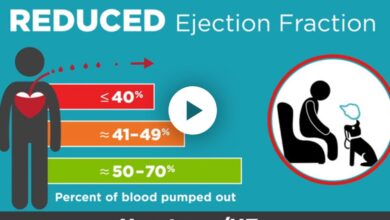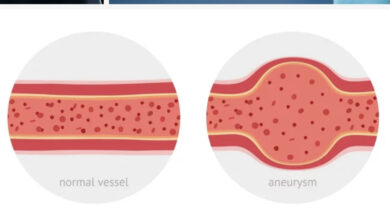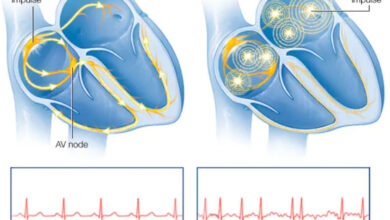SWOLLEN LEGS: NO SIMPLE ANSWER!

It’s fairly common for a person over age 65 to, at some time, experience swelling of one or both legs. Edema, as swelling is technically called, is an enlarging of the feet, ankles, and leg, below the knee, caused by the accumulation of various types of liquid in the soft tissues. Swelling can be soft, firm, painful, or asymptomatic, depending on the myriad of underlying causes. It can involve both legs equally, or unequally, or involve just one leg.
Men and women both can have edema, but the cause differs between the genders. The age of the patient is a differentiating factor, as well. The older you are, the more probable it’s caused by a chronic disease. Edema can be tender or painful, be accompanied by redness of the skin, be pitting (pressure of your finger will leave a dent in your leg), disappear with elevation of the legs, or remain unchanged, regardless.
Edema of the legs is of two types which follow:
VENOUS EDEMA: As blood returns to the heart, fluid leaks through the walls of the veins into the spaces between the cells in the leg. This fluid is thin and low in protein, and anything that impedes blood flow through the veins will result in edema,
LYMPHEDEMA: Lymph channels between the cells drain metabolized and discarded nutrients from the cells. Lymph, as this fluid is called, if poorly absorbed by lymphatic channels, collects between the cells. If something impedes the flow of lymph in the channels, lymphedema ensues.
The appearance of edema can occur from the maldistribution of fat. This is called Lipidema. It often appears as puffy, soft swelling around the lateral malleolus, the bone on the outside of the ankle. It disappears only if excised.
Overwhelmingly, edema in people over age 65 is from Venous Insufficiency, or poorly functioning veins. Veins cannot prevent fluid from leaking through their walls and edema appears. Varicose veins, spider veins, and reddish-brown discoloration of the skin (called stasis dermatitis) are all signs of venous insufficiency. A venous Doppler (ultrasound) examination confirms the diagnosis.
Prescription drugs are common causes of edema, as well. Calcium channel blockers (verapamil, amlodipine, nifedipine), NSAID’s, beta blockers, hormones, corticosteroids, and diabetes drugs through various mechanisms cause swelling in some people.
Pregnancy, obesity, and premenstrual fluid retention are additional causes. Obstructive sleep apnea, pulmonary hypertension (elevated pressure in the arteries supplying blood to the lungs), and multiple heart problems (valve blockage or leakage, heart muscle disease—myocardopathy, some arrhythmias) are other more worrisome causes. Advanced stage kidney failure (the nephrotic syndrome) may cause edema as well.
One-sided edema accompanied by pain, tenderness of the leg, or redness of the skin, is a blood clot until proven otherwise. Blood that stagnates in a vein will clot. The blood clot blocks venous blood flow causing edema. The clot is an irritant to the vein in which it lies and causes inflammation of the vein and surrounding tissues. This event is called deep venous thrombosis, thrombophlebitis, phlebitis, or DVT. Take your pick. It is an emergency situation. It is diagnosed by doing a venous Doppler (ultrasound) which is very sensitive for diagnosing blood clots.
Idiopathic edema is that for which you cannot find a causal explanation. It’s a frustrating situation, but can be evaluated and explained by venous Doppler studies.
Lymphedema is a different animal! Any situation that damages lymph channels or blocks the flow of lymph causes lymphedema. Pelvic masses, radiation for prostate or GYN cancer, infections, major soft tissue trauma, and pelvic cancers (ovary, prostate, lymphoma) are all causes. This edema is much less responsive to drug treatments, but elevation and progressively tighter elastic wraps of the extremity may help.
If you’re troubled by chronic edema, you have my sympathy. I am, too. I have at least four reasons to have it and have tried elevation, compression stockings, and drug regimen alterations to treat it. They all were futile efforts. Fortunately, I had a normal venous Doppler and have none of the “red flag” symptoms (indicators of a serious problem).
As we age, all sorts of new problems appear that challenge us. Swelling of the legs is one of those common problems that draw our attention. Knowing the majority of time it’s not an indicator of serious problems is reassuring, but it should not be ignored. A venous Doppler is painless and non-invasive and should be done early, or emergently if red flag signs (acute onset, symptoms/findings of heart/kidney problems, suspicion of cancer) are present.
For most of us we’re just old, fat, sedentary, and take prescription drugs that cause edema. We may have sleep apnea, too, but still we must take the situation seriously. Don’t explain it away. See your doctor and be evaluated. It’s important you do.
Reference: Ely JW, Osheroff JA, Chambliss ML, Ebell MH. Approach to Leg Edema of Unclear Etiology. JABFM 2006 March-April;19(2):148-160.





Like you I have several reasons to have swelling of the lower legs. As we get older things just get stranger and stranger in our body’s. Before now the only time I had swelling of the legs was with my first pregnancy. Thanks for all you do to keep us informed!
My pleasure. Thanks for reading. Tell your friends!
I will do that! There is too much good and bad we need to be aware of.
Yes. It’s hard to tell who’s truthful and who is not!